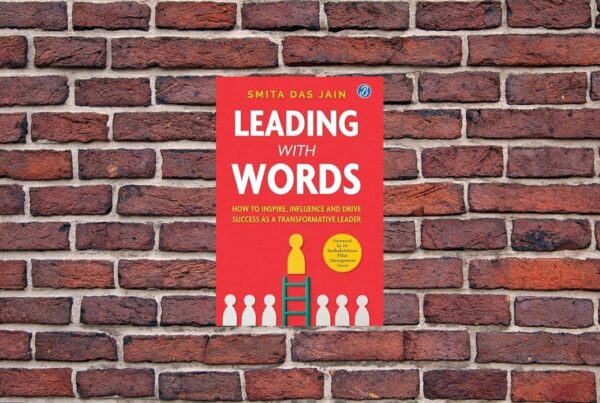Paathik Muni’s and Kamaljeet Kaur Muni’s The Good the Bad and the Cyber Budha is nothing short of a digital Bible of cybersecurity. The book is a collection of short stories that address common digital practices and cyber safety. It is a ready reckoner of all sorts; one that everyone with access to a device must refer to.
Paathik channels his experience as a cybercrime lawyer to bring important lessons to the table. The book is written in an anecdotal conversational style. A group of friends gathers at a party and share stories of cybercrime including data theft, identity theft, financial scams, and honey traps. Each story encapsulates a lesson and advocates good practices. The sketches in each chapter are eye-catching; the imagery stays with you even after you finish reading.
In today’s digital age, the menace of hackers has grown exponentially; our data and devices are at constant risk. Our social media usage has exploded, and so have our online footprints. Each profile is accessed by a password, the key to a lock. What if these keys are compromised?
I was horrified to hear of women whose profiles were compromised by hackers who loaded intimate or explicit pictures of them. Whom can we trust? In short, no one. Innocent password sharing or a moment of laxity leads to disastrous consequences, like a person losing their job or a marriage being cancelled.
The authors decipher complicated IT terminology in layman’s language, making it simple to understand. They quote easily relatable examples. Many of us borrow chargers or lend our devices to others without thinking twice. That even a spare charger can be used to hack a device (juice-jacking) came as a revelation to me.
What I loved about this book is that the authors’ questions land hard. For instance, people are OK to splurge on a new laptop, but not on an antivirus. They compare this action to buying an expensive house and leaving the door open, an invitation to thieves.
The authors even provide ways to come up with strong passwords- ones that you are unlikely to forget. Simple actions like enabling an autofill may put our bank balances at risk.
The book has even specified the loss values incurred by individuals executing simple actions like withdrawing cash from an ATM or ordering a pizza. We use free Wi-Fi at airports or do not have robust authentication for our social media, endangering ourselves. It’s a murky world indeed with hackers going to the extent of threatening a person’s reputation with bitcoin as ransom.
The best part of the book is the cheat sheet at the end that summarizes the dos and don’ts and is a great recap tool. This gem can be read by everyone and treated like a textbook; it opened my eyes to the potential perils lurking out there. Always better to be safe than sorry.
This book is a must-read, and I cannot emphasize enough how useful it is in the context of today’s digital world.




